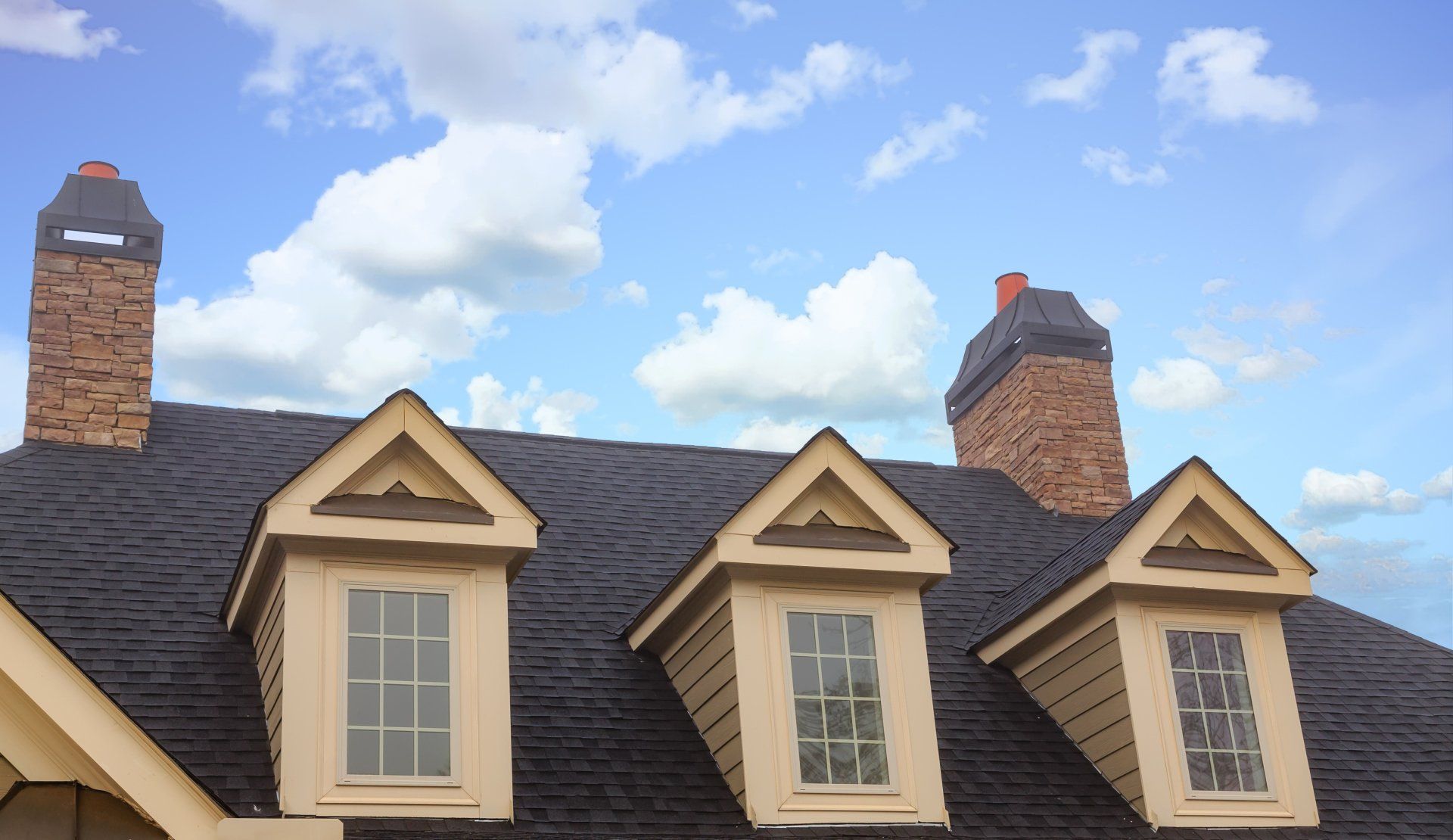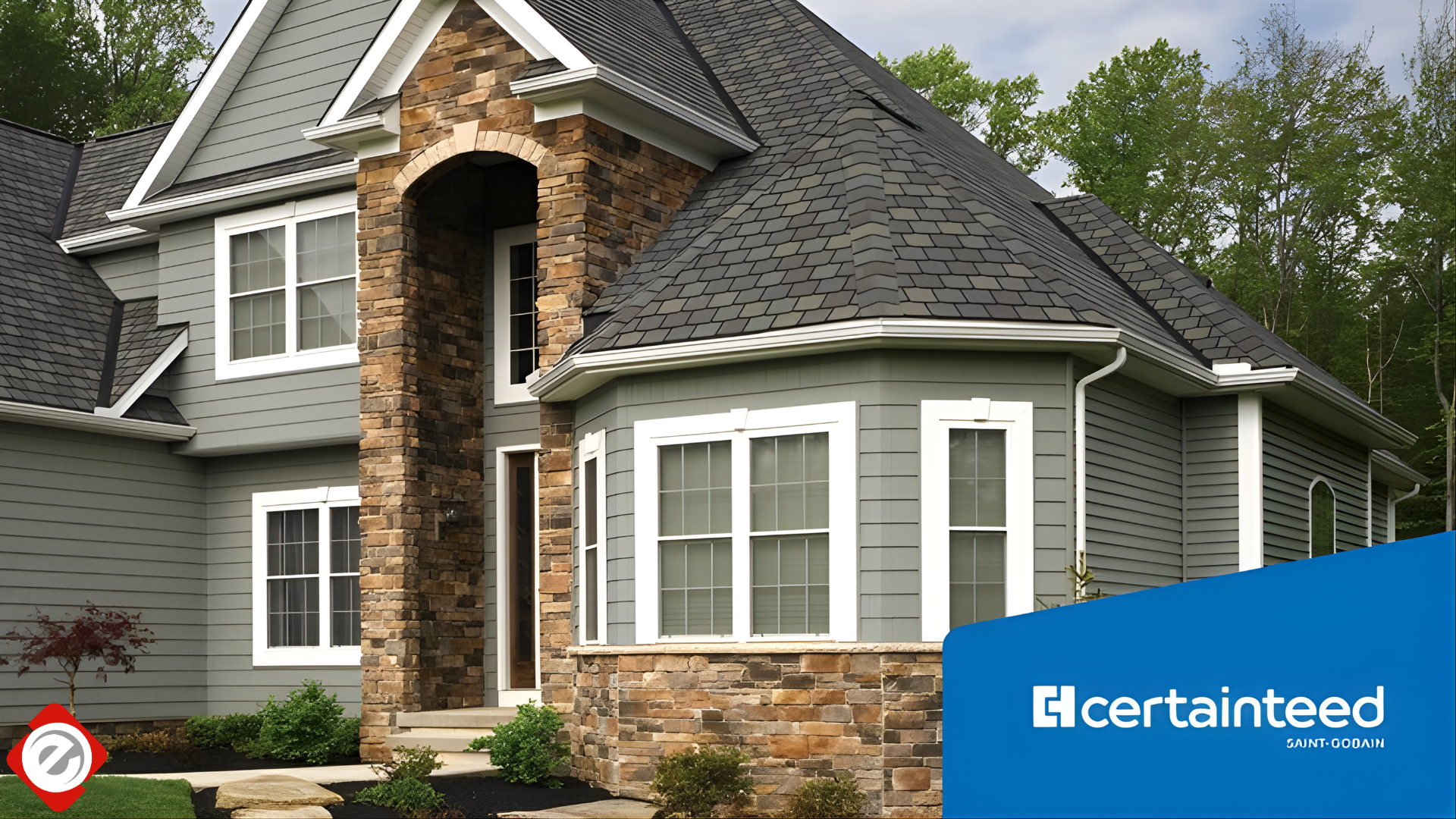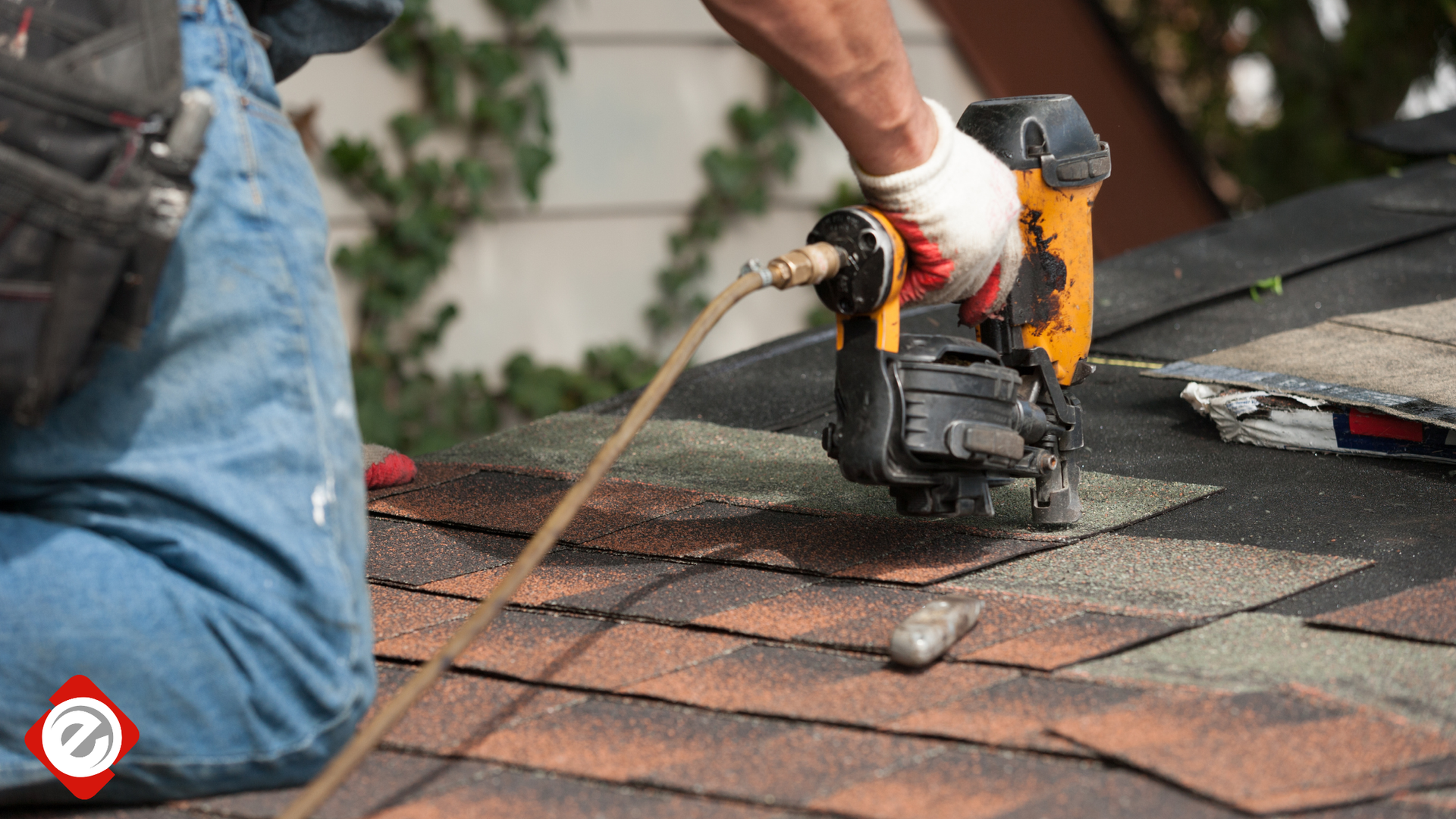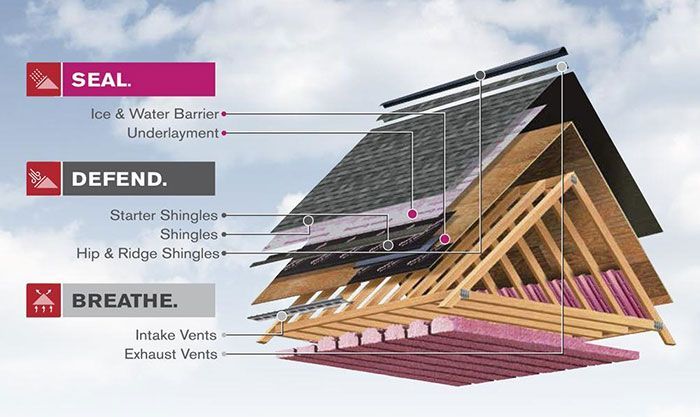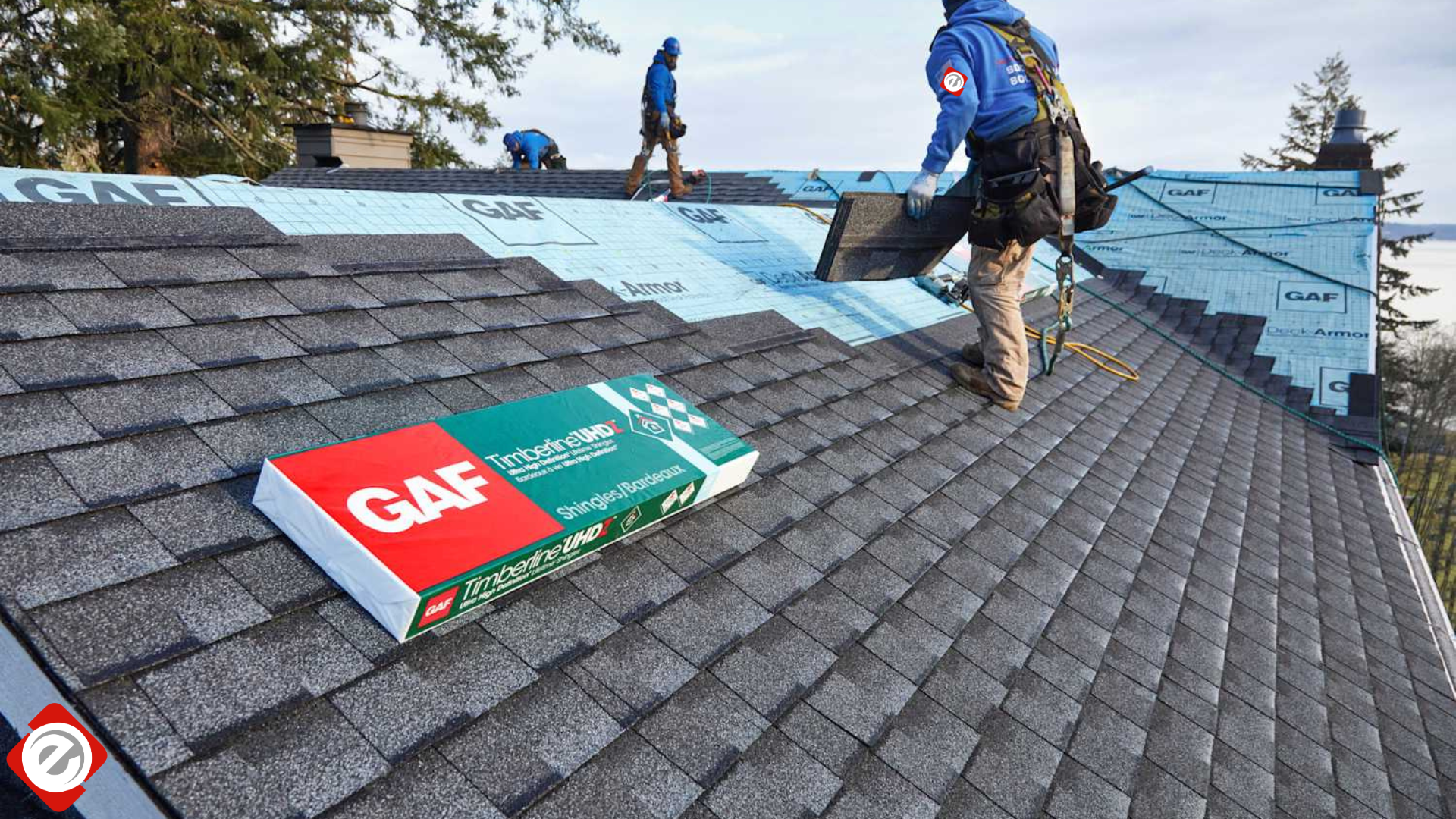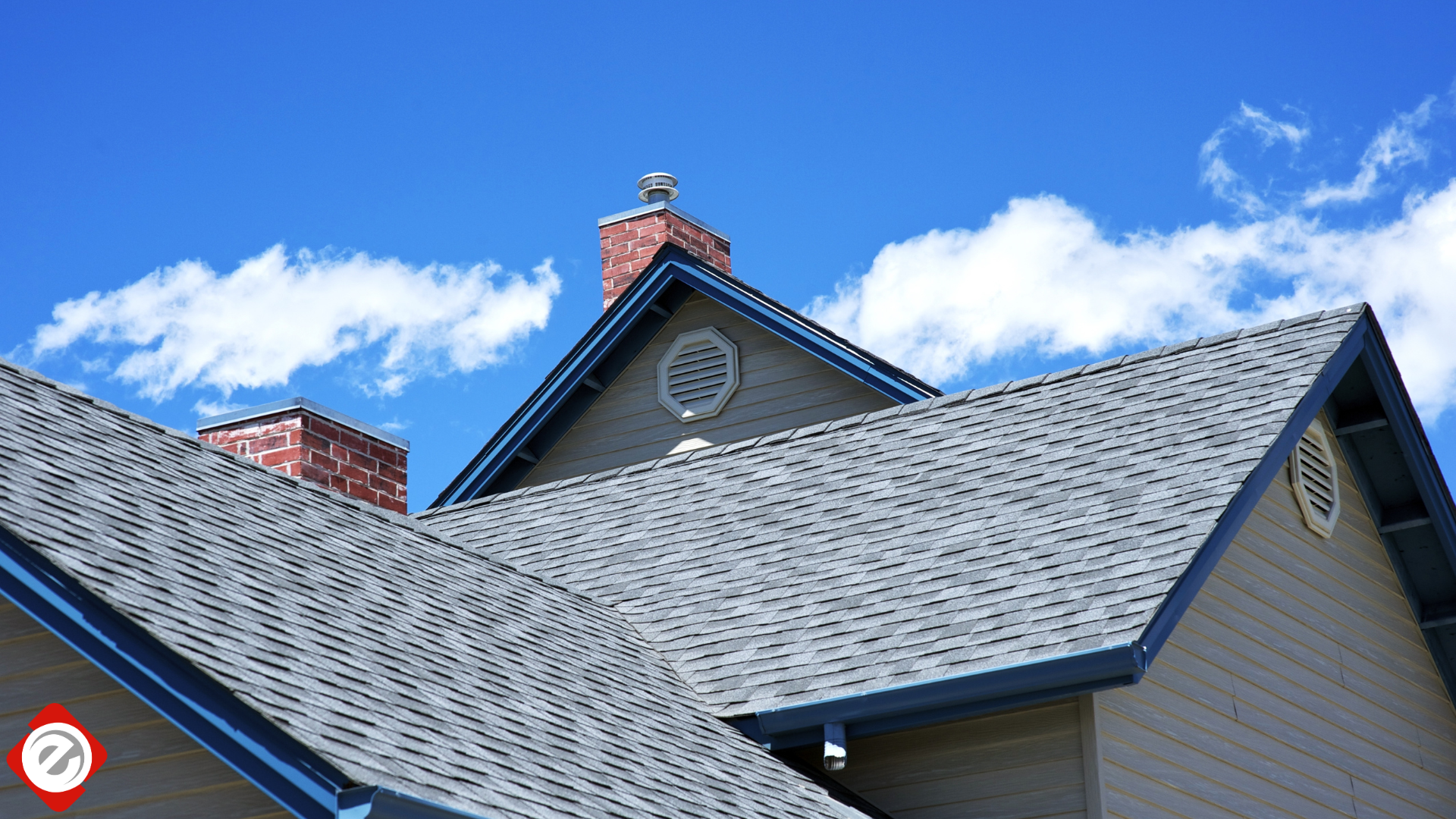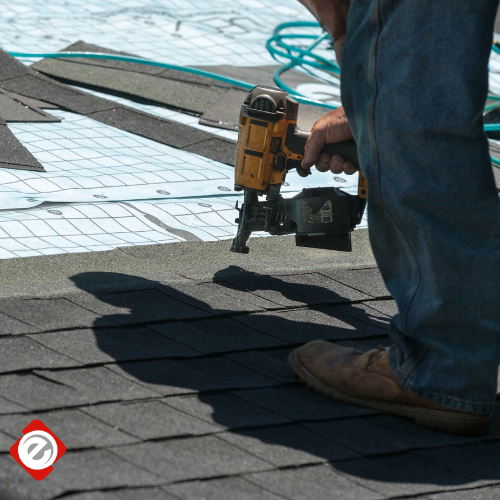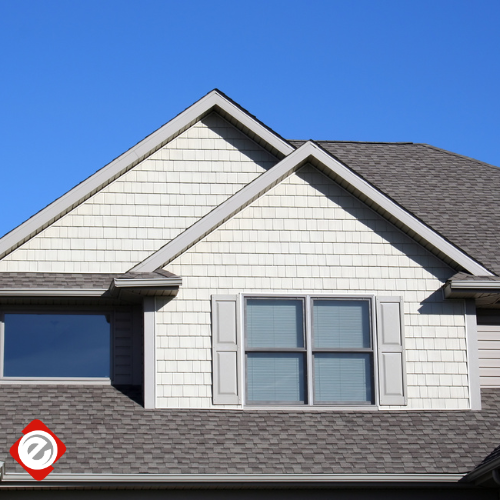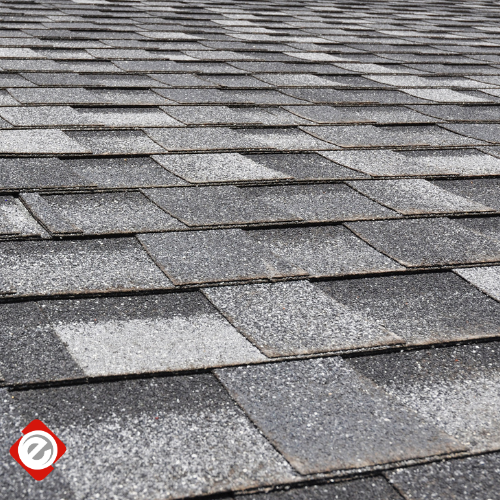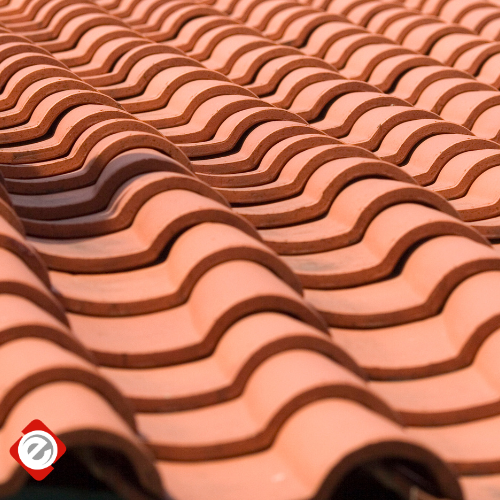econoroofing209@gmail.com
Can You Spot The More Subtle Signs Of Damage?
Roofing companies see a lot of action certain times of year, especially after bad storms. What many people do not realize is that their roofs may have shown signs of damage and weakness all along. A bad storm, however, can prompt the damage to become more apparent.
Do you suspect you may have a serious roofing problem but you don't know how to spot subtle damage? This guide can help you spot the signs of damage to your roof.
Is Your Ceiling Sagging?
A saggy ceiling can go days, weeks, and even months with nobody to take notice of it, especially if the sagging occurs slowly. Typically, a saggy ceiling is a sign that you have a leak in your roof, and the problem is likely more prominent in your attic.
If you investigate your attic but do not see any water there, you should check your roof and attic for signs of mold. Stains are another indicator of a leak, even if water is not present.
Keep in mind that a leak is not the only potential cause of a saggy ceiling. Termites, shifting construction, and poor construction can also cause the same problem.
Are Your Shingles Buckled?
One of the problems with buckled shingles is that people rarely look at their roofs. It is beneficial to periodically check out your roof every once in a while to look for overlapped shingles. Otherwise the contributing issues could remain hidden for months and even years.
Shingles buckle for many reasons, including high humidity and other forms of moisture absorbed by the shingles. Poor ventilation also contributes to the problem.
Often, the fix for buckled shingles is a brand new roof. In some cases, a roof may be saved with improvements to the ventilation system.
Is Your Chimney Leaky?
Nobody wants to find water near the fireplace, but this is often the first sign that you have a problem on your roof. If you never examine the inside of your fireplace, the problem could persist throughout an entire season before you realize you have a problem.
The main reason for a chimney leak is likely the flashing around your chimney. Flashing protects parts of your roof from water damage. In the case of the chimney, flashing prevents water from entering your fireplace and into your home. Unfortunately, faulty flashing means you could have water damage elsewhere in your home too.
Flashing becomes damaged for many reasons, including bad weather. Poor construction and maintenance also contribute to the leak.
Are You Ill?
If you experience health issues at home, your roof could be to blame. The symptoms to watch for include stuffiness, wheezing, irritated eyes, headaches, and other signs of allergies. They could indicate that you have mold in your home.
Mold commonly develops on roofs, especially when your roof has not been cleaned in a long time. Moisture buildup in the attic, prompted by a leak, also contributes to the problem.
The resolution for a problem like mold consists of several steps. Not only does a professional need to kill the mold, but a roofing specialist also needs to determine the underlying cause of the issue and remedy it.
How Can You Fix Roofing Problems?
The best way to address roofing issues is to work with a professional to keep your roof maintained and cleaned on a regular basis.
We at Econo Roofing can provide services for any roofing project you might have. Call us today for fast, efficient service you can count on to last through the seasons. We've been serving the area for 20+ years. Let us serve you!





